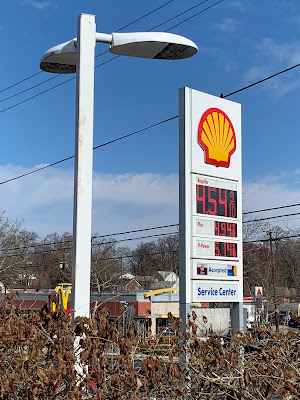
Things are opening up all over.
The evidence is showing up hereabouts in the parish as people get back to doing things. First off is Baptisms; there has been a definite bump in those, and some of the babies are a little bit older, as people waited until they were comfortable coming to church, or families and friends were able to travel. I’m not certain that there is anything that could be called a Covid baby-boomlet, but I know that there are plenty of new participants to our reputation as being “Saint B, where the B stands for Baby.” Either way, the Baptism queue is well populated.
There is no such postponement phenomenon with Confirmation. Because of when we usually have our parish Confirmation ceremony, in the second week of Lent, we were the only parish in the Archdiocese of Washington to have a full, regular parish Confirmation Mass in 2020. We were also the first, though not the only, in 2021; our timing got us into a good ‘window’ between pandemic surges, and our Covid-tide Confirmation protocols and praxis set the template for other parishes. As you may have heard, our 2022 class was confirmed just last week by Bishop Dorsonville.
More astonishingly, we are having a surge in weddings. I have heard that wedding-postponement is a universal phenomenon of the pandemic, and folks waited until they could get all their friends and family together for the social aspect. I am not sure that is what is at work here, because we had about the same number of weddings the past two years that we usually have in any given year, which is not very many. But my goodness, do we have a lot of them this year! It does not seem that many of these couples were waiting for the pandemic to pass just so they could have their large social event, either – so maybe these are pandemic romances coming to full blossom? Nonetheless, there is a genuine surge.
Like so many of the best and most beautiful things in life, one realizes how precious something is when one loses it temporarily, or learns how another person longs for what we enjoy. Not only were faithful Catholics separated from the life of the sacraments and the worship of the Church, but so too were others who had never enjoyed but come to desire that great and holy gift of God. Something you may not have considered is that we really were unable to have proper RCIA classes (“Catholic lessons”) for the past two years. This year, we have a crew of folks who are chomping at the bit to enter the life of the sacraments. It should be an excellent and exciting aspect of our Easter Vigil this year, so try to come to that great and glorious (and, yes, long) Mass that will conclude our (finally!) fully-restored Triduum this year. And as you consider that, please pray for them in this crucial and blessed time of their lives.
Which should bring us to reflect on what it is that we have postponed or put off that now we can reasonably undertake. There may be many things, or just a few; but if one of the things postponed is confession, there is no better time than the present to make it happen.
Monsignor Smith


